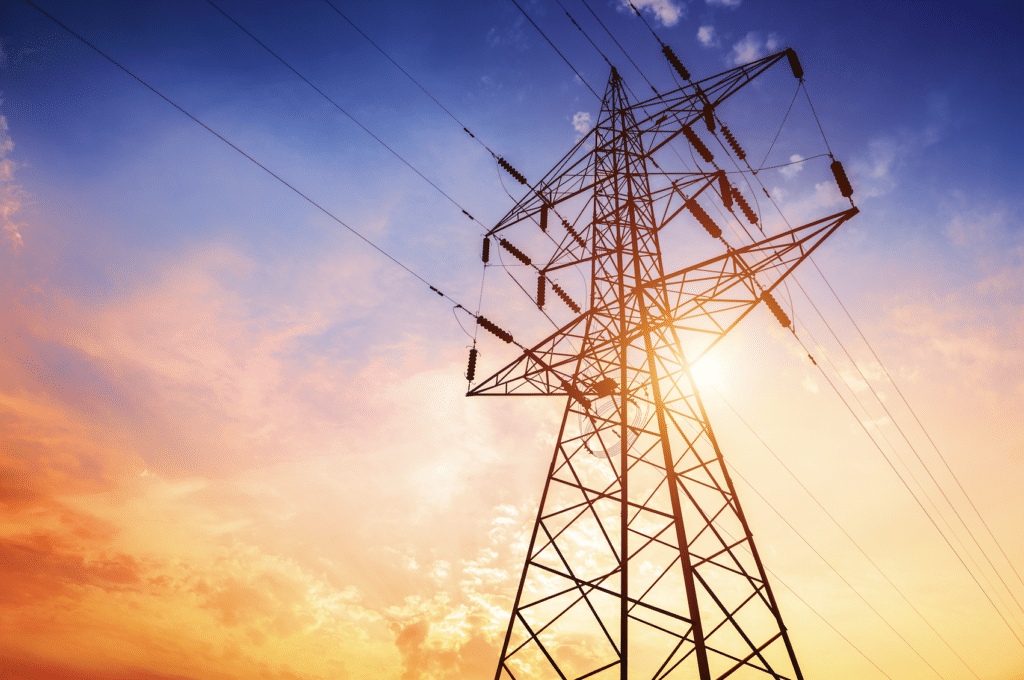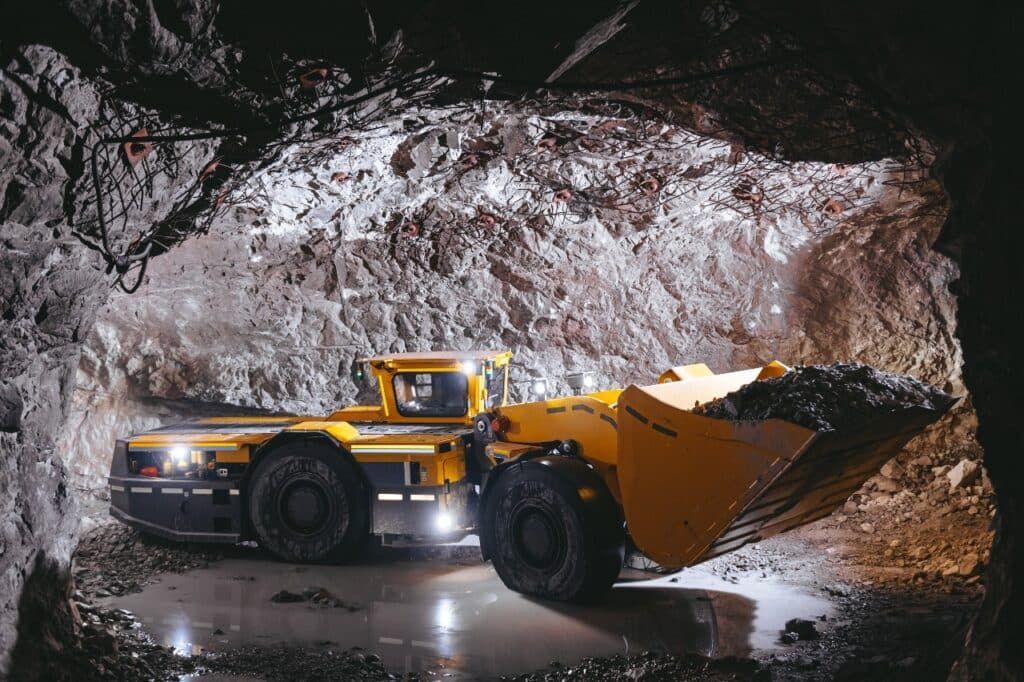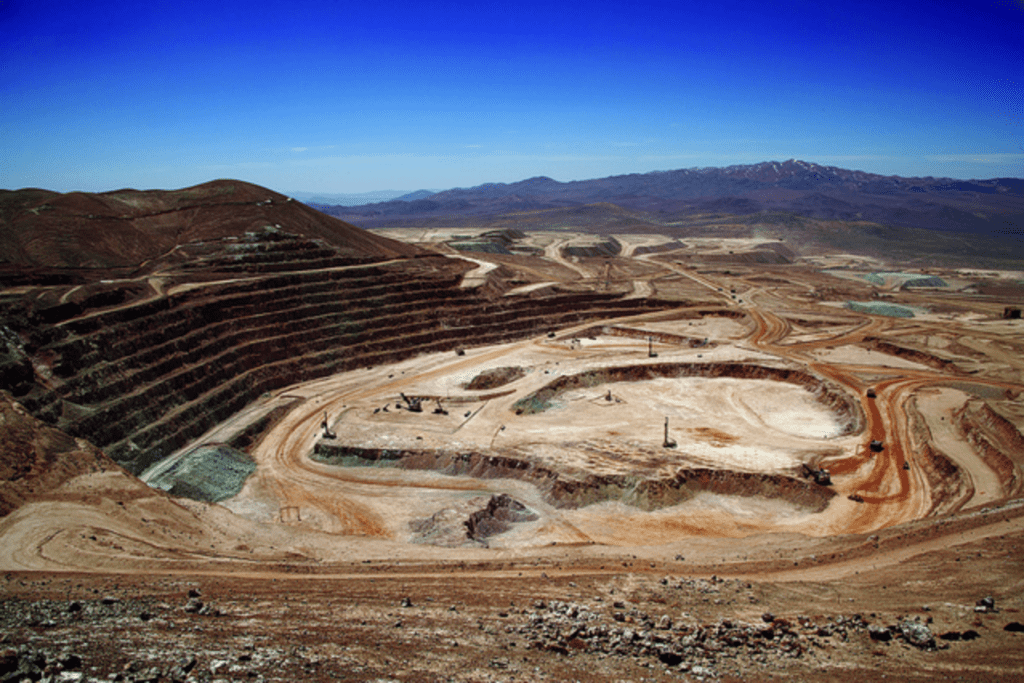Boss Energy drills satellite deposits to increase resource base at Honeymoon uranium project
Boss Energy (ASX: BOE) is pursuing an increase in the resource base at its flagship Honeymoon uranium project in South Australia with the start of infill and scout drilling at the Jason’s satellite deposit, located to the project’s north.
The deposit contains an inferred mineral resource estimate of 6.2 million tonnes at 790 parts per million uranium oxide for 10.7 million pounds of contained uranium oxide.
Drilling is expected to provide valuable geological and hydrogeological data regarding the Eyre Formation sediments that host the mineralisation.
It will test for continuity and extensions to the mineralisation and provide validation of historical exploration results from the 1970s.
The most recent exploration at Jason’s was completed by Boss in 2016 and culminated in the release of the current inferred resource.
Satellite deposits
Results from drilling at Jason’s will be combined with other known satellite deposits at Gould’s Dam, Billeroo, and Sunrise to explore a possible increase to the forecast production rate at Honeymoon.
Boss is looking to lift the 2.45Mlb nameplate capacity to more than 3Mlbs per year of uranium oxide equivalent.
It will also consider an extension to the project’s initial 11-year mine life, which is based on 50% of the existing resource.
The company’s exploration strategy has increased the Honeymoon resource from 16.57Mlbs to 71.67Mlbs since the project was acquired in December 2015.
Organic growth strategy
Managing director Duncan Craib said drilling at Jason’s would drive the company’s organic growth strategy.
“Satellite deposits such as Jason’s will help underpin our expansion study, which is aimed at increasing the inventory and production rate,” he said.
“It will enable us to leverage the existing project infrastructure [at Honeymoon] and capitalise on growing demand for uranium from Tier 1 locations such as Australia.”
First production
A restart of the Honeymoon project is on track for first production before the end of 2023.
The satellite deposits are expected to allow for an increase in the overall production profile with minimal disturbance to operations, as well as provide for an extended mine life.
“We hold high expectations that our exploration activities will continue to deliver an increase in resources at Honeymoon,” Mr. Craib said.
Mining operations were first suspended at Honeymoon in late 2013 in response to falling uranium prices.
Source: https://smallcaps.com.au/boss-energy-drills-satellite-deposits-increase-resource-base-honeymoon-uranium-project/




